M:2:I’s HABET balloon project takes on new challenges in MTGSC, ISGC, & NASA funded mission
Author: Cyclone Engineering
Author: Cyclone Engineering
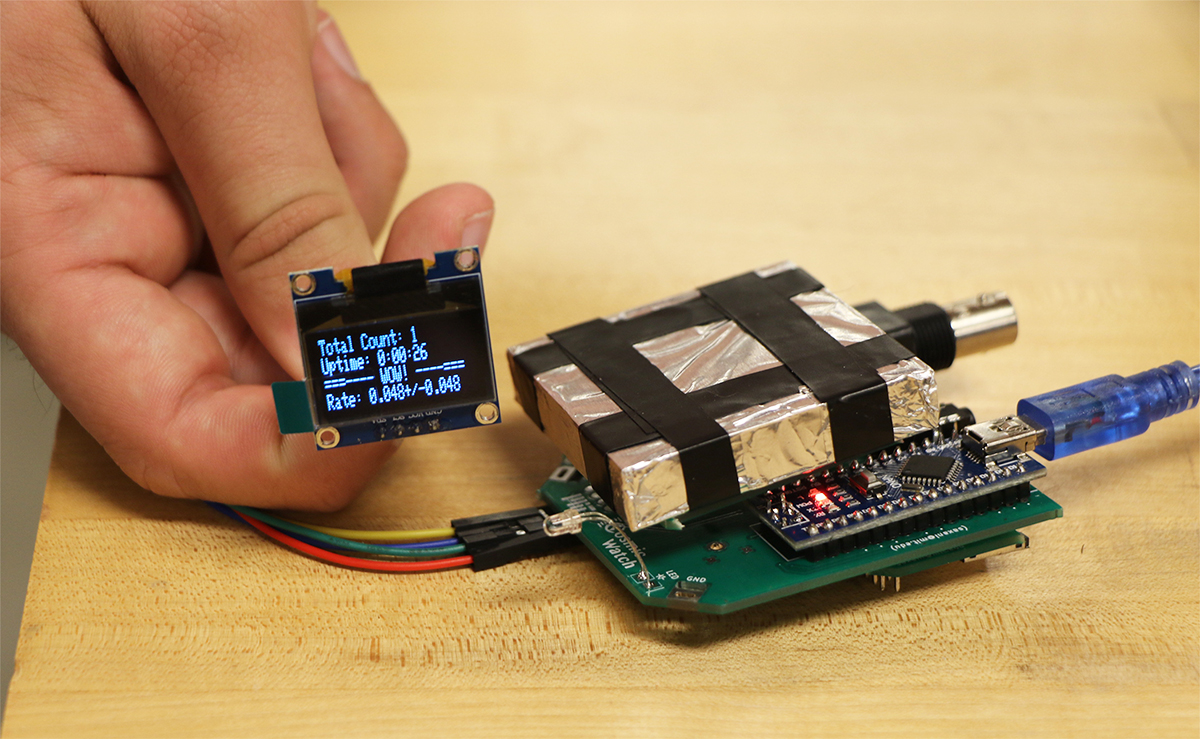 By Fiona Schaack and Elyse Burns
By Fiona Schaack and Elyse Burns
Iowa State’s High-Altitude Balloon Experiments and Technology (HABET) team will soon celebrate another milestone in its quest to study and understand our planet’s atmosphere.
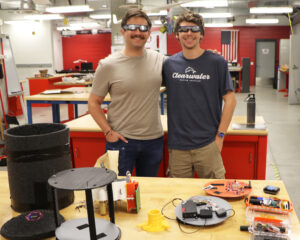
October 14 in New MexicovHABET will launch its latest research balloon as part of the funded Nationwide Eclipse Ballooning Project (NEBP). It involves STEM student teams from learning institutions participating in an innovative NASA-mission-like adventure in data acquisition and analysis through scientific ballooning during this upcoming solar eclipse and another in the spring of 2024. Approximately 40 states with their respective universities and institutions will participate in the launch.
HABET is part of the Make To Innovate (M:2:I) program in Iowa State’s Department of Aerospace Engineering. It engages students in hands-on projects to augment their understanding of engineering fundamentals and allows students to design, build, and conduct experiments near space. HABET is one of 14 student teams currently operating in the M:2:I program.
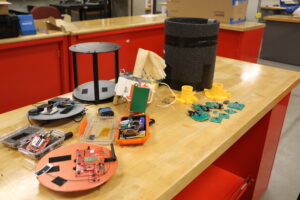
Professor Matthew Nelson serves as the M:2:I Program Director at Iowa State University, fostering innovation among young engineers. In addition, he is the Assistant Director of the Iowa Space Grant Consortium. He also oversees the HABET team, providing students with hands-on experiences in high-altitude balloon technology. His leadership has enriched both the program and its participants, preparing them for future endeavors in aerospace and related fields.
This launch is spearheaded by the Montana Space Grant Consortium (MTSGC) and the Iowa Space Grant Consortium (ISGC). HABET wrote a proposal letter to MTSGC about the launch, and the organization granted access to equipment they will use on the payload, such as the satellite tracker, Raspberry Pi, and cameras to live stream the event. Additionally, HABET requested funding from ISGC in which the group granted funding to support students’ hourly work, travel, and more (project/material co-funded by NASA grants at MTSGC, NASA Award 80NSSC22M0003 and by ISGC under NASA Award 80NSSC20M0107).
The teams are to have a payload to livestream the event and capture additional visual data. The teams can test new technology and record scientific data, such as researching changes in the temperature of the air and gravitational waves during the eclipse.
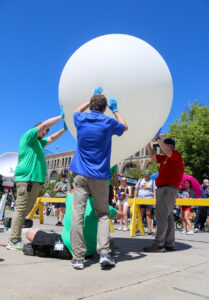
NEBP aims for teams to gain new scientific information on the atmosphere during annular solar eclipses and to grow the scientific experience of the teams participating.
The Federal Aviation Administration (FAA) regulates balloon flights like these. The FAA provides rules on the materials and weight limits of the balloon. These rules include a 12-pound weight limit (for two or more payloads, six pounds for one payload) for high-altitude balloons. This restriction creates a limit on how much equipment can fly.
The payload is expected to reach altitudes exceeding 100,000 feet, enabling it to capture a comprehensive range of data across different atmospheric layers. This mission’s significance lies in the data it will gather and in the enhanced capabilities of the balloon’s instruments, which are expected to provide more accurate and detailed readings than previous HABET launches. During the launch, the HABET team will open a valve in the payload and have it float into the atmosphere for as long as possible. Upon the payload’s descent, it will be recovered by the team.
Video will be streamed, and data will be gathered by a payload of electronic equipment – including information about muons and fundamental subatomic particles considered basic building blocks of the universe.
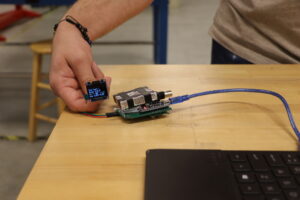
Muons are emitted by the sun and are the subject of much scientific study since they are more than 200 times heavier than electrons. Some muons are emitted by the sun; others travel through the universe for eons and pass through our solar system. It is believed there will be fewer muons during the eclipse due to sun rays being blocked by the moon’s shadow. A photo of the muon detector is displayed at the top of this story.
Iowa State graduate student and HABET project manager Brody Echer said, “We’re going to be collecting data on the amount of muons in the atmosphere. They are not a proton, or neutron, and not an electron. They are their own property and they are generated when more sun rays hit the atmosphere.”
A fellow HABET team member and muon specialist Andrew Krall, noted, “Muons get created when high energy rays or particles hit our atmosphere. A lot of this is from background radiation from the rest of the universe, but this does also include energy and particles from the sun. Since the sun will be blocked out, we expect less muons to be seen.” When asked what else the team hoped to get out of the launch, Krall remarked, “It’s more of a sense of just understanding the universe.”
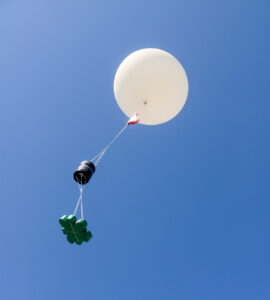
To capture the eclipse, cameras attached to a Raspberry Pi will send out a video feed in real-time through a wireless link and electronic platforms that enable many functions. The cameras are placed above, below, and in front of the craft, facing the spacecraft.
Regarding launching, the team wants to have two separate tracking systems on board. This redundancy ensures they don’t lose their payload. The team has implemented a third layer of tracking hardware, software, and equipment to their arsenal. This additional equipment allows for flexibility in case they need to pivot if the tracking systems stop working.
HABET balloons with the M:2:I program have been launched by students for over 25 years, but the team says this is a big jump in what is expected. Echer comments, “We’ve never dealt with anything like this. This is all new technology, so it’s a big change for a lot of us. We’ve learned a lot and we still have a lot to learn, so it’s a good challenge to have.”